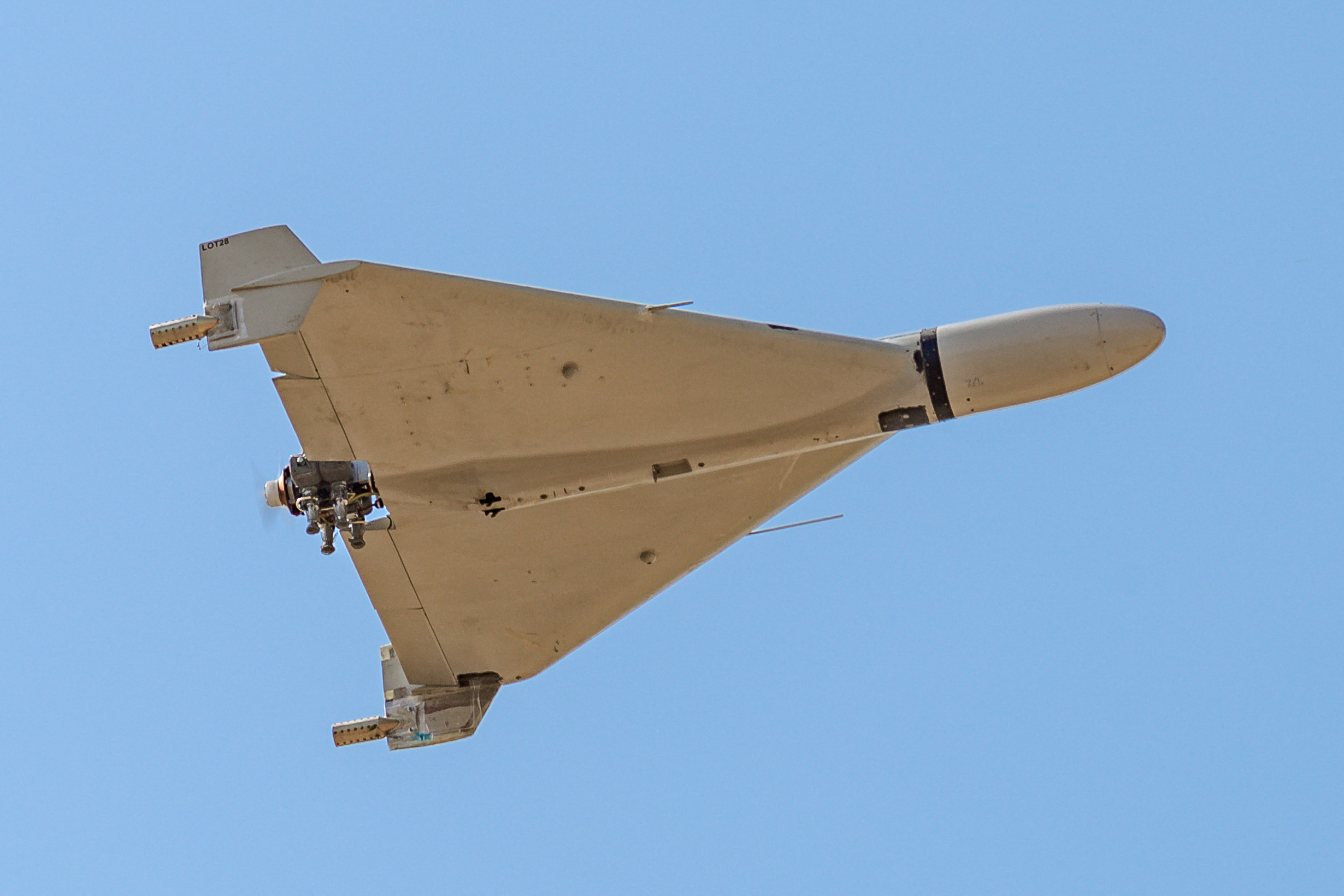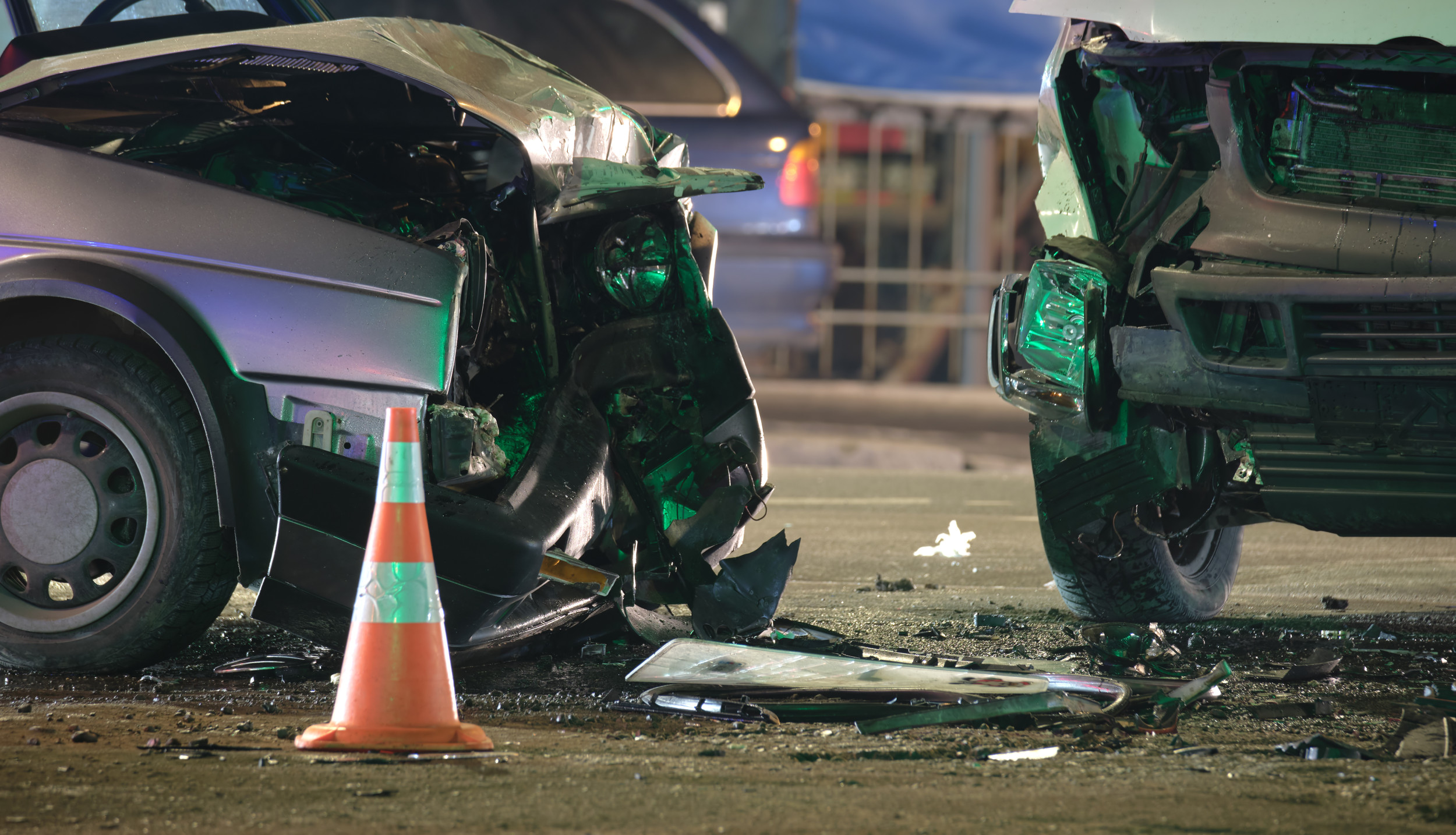A map shows the countries that would be safest from the effects of famine caused by nuclear war, according to a specific simulation.
With conflicts all over the world showing no sign of coming to an end any time soon, there is much talk of nuclear war on the international stage.
A nuclear explosion and its radiation, heat and blast effects would result in devastating, widespread death quickly—but it would also have massive impacts on the food supply, given the changes it would cause to the atmosphere, surface, oceans and ability to trade internationally.
Some 6.7 billion people would die of starvation, according to a model previously studied by Nature Food, a journal for research about food production.
Countries that would see no population loss include Argentina, Brazil, Uruguay, Paraguay, Costa Rica, Panama, Haiti, Australia, Iceland and Oman, according to the study.
In these regions (colored in green on Newsweek's map), "food consumption can support the current physical activity in that country."
This is opposed to parts of the world that would experience death as a result of starvation (colored in red on Newsweek's map), which include the U.S., Canada, most of Europe and Russia.
There are some nations that would not suffer from starvation but would see calorie intake reducing to such a point that it "would cause people to lose weight, and only sedentary physical activity would be supported."
This scenario, theoretically looking at the second year of nuclear war, is based on a "partial livestock case," in which 50 percent of livestock grain would be used for human food and the other 50 percent to feed and raise surviving livestock.
For comparison, the other scenarios are the "livestock case," in which livestock production is continued, and the "no livestock case," in which all livestock is killed in year one and 50 percent of livestock grain is used for human consumption.
All three scenarios, which used population and average calorie intake status figures from 2010, assumed no international trade.
In the "partial livestock case," 312.2 million people in the U.S. would die from starvation—that is, 98 percent of the population.
Newsweek has contacted the U.S. Department of Defense for comment.
Last year, a study published in the journal Physics of Fluids calculated where in a building might be safest to shelter in the case of a nuclear bomb being detonated nearby.
Assuming that the building is not inside the initial fireball of the blast, in which everything and everyone would be vaporized, the main danger other than radiation is the massive blast wave that comes after the explosion. The study found that the best place to shelter is in a sturdy building at the far end of the room from any door or window, and ideally in a corner.
The study authors, from the University of Nicosia in Cyprus, used advanced computer modeling to investigate how a 750-kiloton—around three times as powerful as Nagasaki's "Fat Man" in Japan in 1945—nuclear blast wave and the high-speed winds that follow would move through a building, and how strong the forces are throughout a room.
The study comes as former Russian President Dmitry Medvedev, an ally of Vladimir Putin, has said Russia's newly battle-tested missile is impervious to Western air defenses and can reach European capitals within minutes.
"Europe is wondering what damage the system can cause if the heads are nuclear, whether it is possible to shoot down these missiles and how quickly the missiles will reach the capitals of the Old World," Medvedev posted to Telegram on Sunday. "The answer: the damage is unacceptable, it is impossible to shoot down with modern means and we are talking about minutes."
Earlier this month, Putin approved changes to Russia's nuclear doctrine, which included lowering the threshold for a nuclear response.
Russia had previously warned of a nuclear response if "the very existence of the state is threatened" although many have argued over what this meant.
The revised guidelines now refer to "a critical threat" to "sovereignty" as well as the "territorial integrity" of Russia and Belarus.
Paragraph 10 says that Russia will perceive the aggression of any state from a bloc or alliance as an aggression of this coalition "as a whole." The 11th paragraph says aggression against Russia "and/or its allies by any non-nuclear state with the participation or support of a nuclear state shall be considered as a joint attack."
Newsweek has broken down four significant changes to Russia's nuclear doctrine here.
Fears over the escalation of Putin's war in Ukraine have intensified over the last few weeks, especially after President Joe Biden decided to allow Ukraine to use U.S.-made, long-range missiles to strike targets in Russia.
After this, Ukraine used long-range ATACMS missiles against a target inside Russia for the first time last week.
This all followed Moscow's deployment of North Korean troops to the front lines in the Kursk region, an action described by the Biden administration as a significant escalation of the conflict.



















 English (US) ·
English (US) ·